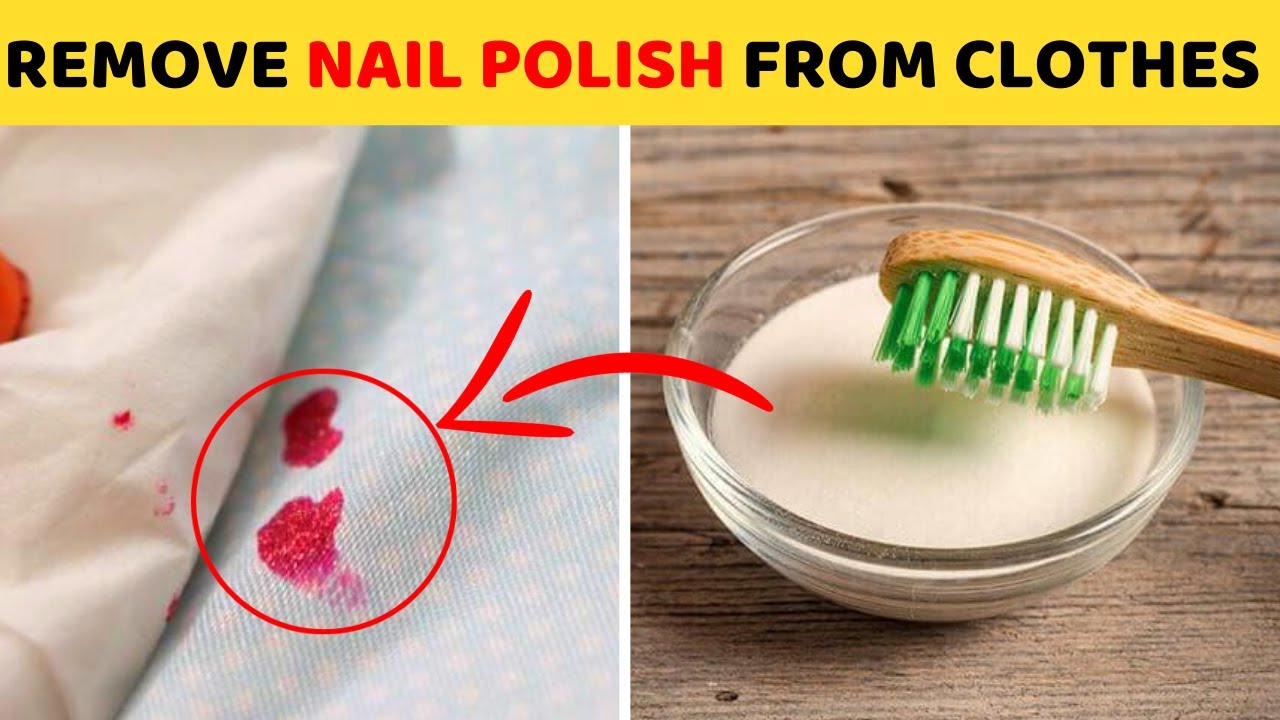Effective Ways to Make Hard-Boiled Eggs Easy to Peel in 2025
Hard-boiled eggs are a staple in many households, cherished for their versatility and nutritional benefits. However, the process of peeling them can often turn frustrating, leading to unsightly appearances and even waste. Understanding effective methods to create easy peel hard-boiled eggs can elevate your egg-cooking experience in 2025. In this article, we will explore the science behind egg peeling efficiency, innovative cooking techniques, and some kitchen hacks that involve using baking soda for eggs, ensuring that you achieve perfect hard-boiled eggs every time.
As you immerse yourself in these culinary innovations, you’ll find cooking tips for eggs that simplify the boiling process. Moreover, we will cover everything from the best way to boil eggs to the secrets behind hassle-free egg peeling. Say goodbye to shell issues and hello to a smooth peeling technique with our helpful egg peeling tricks!
Understanding the Science Behind Egg Peeling
To make hard-boiled eggs that are easy to peel, it’s crucial to understand the chemistry that occurs during boiling. Fresh eggs tend to be more challenging to peel due to the pH level within the egg whites, which causes them to adhere more tightly to the shell. As eggs age, the pH increases, leading to an easier peeling process.
The Role of Baking Soda in Egg Peeling
One of the most effective methods for ensuring smooth peeling is the inclusion of baking soda in the boiling water. The alkaline properties of baking soda raise the overall pH level, which helps to detach the egg whites from the inner membrane of the shell. When implementing this kitchen hack, add about half a teaspoon of baking soda per quart of water used in the boiling process. This simple adjustment can significantly enhance the ease of shell removal after boiling.
Optimal Boiling Techniques for Eggs
While the renowned water temperature is crucial, employing the right boiling techniques can also impact how easy your hard-boiled eggs are to peel. Start by placing eggs in a single layer in a pot and adding cold water until the eggs are fully submerged—with about an inch above the eggs. Gradually heat the pot and bring the water to a boil before covering it and letting it sit off the heat. This method typically results in a perfectly cooked egg and improves the chances of an effortless peeling process.
Best Practices for Boiling Eggs
Achieving perfect hard-boiled eggs goes beyond the cooking method; it includes careful consideration of egg freshness and boiling times. Here are some egg boiling tips that ensure success for every batch.
Choosing the Right Eggs
For easy meal prep, prioritize older eggs. As they age, the moisture and air within the egg increase, promoting shell detachment during peeling. Ideally, choose eggs that are at least a week old, ensuring both optimal texture and easier peeling results. Fresh eggs may still be delicious but could pose challenges when peeling.
Precise Boiling Time
The ideal time for boiling eggs significantly affects their texture and peelability. To create hard-boiled eggs, heat the water to a rolling boil, then remove from heat. Let sit, covered, for approximately 9 to 12 minutes depending on your desired doneness. Once complete, plunge the eggs into an ice bath to halt the cooking process and improve the texture, setting the stage for a smoother shell removal experience.
Post-Boiling Hacks for Better Peeling
Once the eggs have been boiled, cooled, and dried, it's time to master the art of peeling. Here are some efficient techniques that can transform your egg peeling process.
Shell Cracking Techniques
Begin by gently tapping the egg on a hard surface to create cracks all over its shell. This action helps break the air pocket at the base of the egg, allowing moisture to seep in and further diluting the bond between the shell and the egg white. Some recommend rolling the egg back and forth on a flat surface to create a more expansive network of cracks before peeling.
Water-Assisted Peeling Method
Another popular egg peeling trick is to peel the eggs under running water or submerge them in a bowl of water. The water helps to displace any adhering shell fragments and loosens the remaining pieces, facilitating a mess-free experience. Use this method along with the baking soda hack for optimal results!
Creative Applications of Hard-Boiled Eggs
After learning how to make hard-boiled eggs easier to peel, it’s time to explore a variety of delicious and simple recipes where these eggs can shine. Whether preparing for a picnic or just seeking quick and easy breakfast ideas, hard-boiled eggs can be your ultimate culinary ally.
Egg Salad Recipes for Every Occasion
Egg salad is a classic dish that’s perfect for sandwiches or served on a bed of greens. Combine peeled hard-boiled eggs with mayonnaise, mustard, chopped celery, and your favorite seasonings for a tasty meal prep solution. The same goes for deviled eggs, where you utilize perfectly peeled halves filled with flavorful mixtures. These recipes highlight the versatility of hard-boiled eggs and accommodate various dietary preferences.
Incorporating Hard-Boiled Eggs in Savory Dishes
Hard-boiled eggs can enhance many dishes, from salads to casseroles. For a nutritious addition to grain bowls or spring salads, three or four slices can offer an extra protein punch. Whether you enjoy meal prep or quick breakfast ideas, these perfectly cooked eggs contribute to a wholesome and appealing presentation in your culinary repertoire.
Common Egg Peeling Mistakes to Avoid
To further enhance your egg peeling efficiency, it’s wise to acknowledge and avoid some typical mistakes that can complicate the process.
Overcooking Hard-Boiled Eggs
One common mishap is overcooking eggs, which can lead to a darker ring around the yolk and a rubbery texture. Carefully monitoring the cooking time and promptly cooling the eggs can save you from this issue. Remember, the ideal hard-boiled egg should have a tender yet firm white and a bright yellow yolk.
Neglecting Proper Cooling Methods
Failing to cool your hard-boiled eggs after boiling can result in difficulty during peeling. Plunging the eggs into an ice bath, as mentioned earlier, is crucial for halting the cooking process and facilitating an easier peeling experience. This technique not only supports texture improvement but also enhances flavor preservation.
Q&A: Expert Recommendations for Easy Egg Peeling
Q: Why are my hard-boiled eggs so hard to peel?
A: Fresh eggs tend to stick to their shells, creating challenges during peeling. Use older eggs, increase the water pH with baking soda, and employ proper cooking techniques for better outcomes.
Q: How much baking soda should I use when boiling eggs?
A: Adding about half a teaspoon of baking soda per quart of water can significantly improve the peeling process of hard-boiled eggs.
Q: What is the best way to store hard-boiled eggs?
A: Store hard-boiled eggs in their shell in a covered container in the refrigerator. This preserves freshness for up to a week, making them an excellent choice for meal prep.
Q: Can I use any cooking method for hard-boiled eggs?
A: While there are many cooking methods, the techniques discussed—along with baking soda and intentional cooling—tend to offer the best combination for achieving easy peel hard-boiled eggs.
Q: How can I incorporate hard-boiled eggs into my meals?
A: From salads to breakfast wraps and wholesome grain bowls, hard-boiled eggs can enhance a variety of dishes with their protein and nutrition, making them perfect for meal prep or quick meal solutions.


